Reportar esta entrada
Más sobre la misma comunidad-colección
Clase de EPHS de 1986 en el Centenario de El Paso High
EPHS Class of 1986 at the El Paso High Centennial football game ...
UTEP Centennial Plaza - Imagen de la semana
UTEP's Centennial Plaza in its splendor. The University of Texas ...
Pastor Mons. G. W. Caffery de St. Patrick
Saint Patrick Cathedral El Paso Texas Pastor Msgr. G. W. Caffery ...
Escuela St. Patrick's Cathedral - 1952
Saint Patrick's Cathedral School - 1952 Back Row: Sister Mary ...
Estudiantes chinos y maestros americanos - 1900
Chinese students and American teachers in the year 1900 in El ...
Los Carriles Colectores-Distribuidores De La I-10 En Dirección Este
These two pictures show the stark difference in the landscape ...
Colocación de Vigas Cerca de North Mesa Street
New bridge beams are now in place along I-10 near the North Mesa ...
Encofrado Cerca de Rampas en Sunland Park y Paisano Drive (US 85)
Formwork is the process by which liquid concrete is poured, ...
Trabajo en el Puente Paisano (US 85)
Ever wonder how bridges are built? This image captures part of ...

















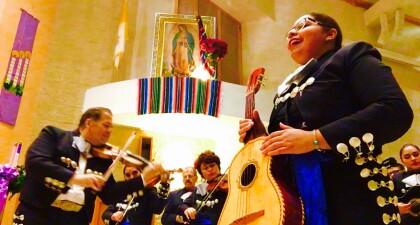
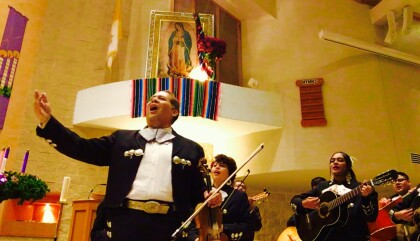

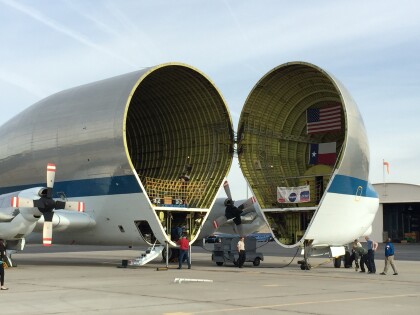
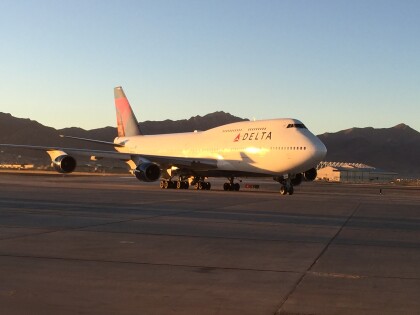
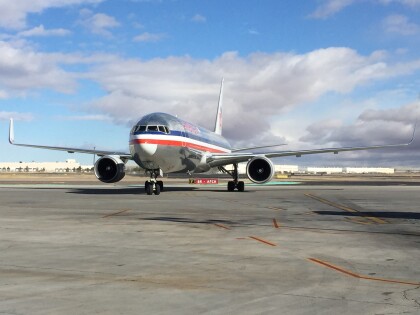
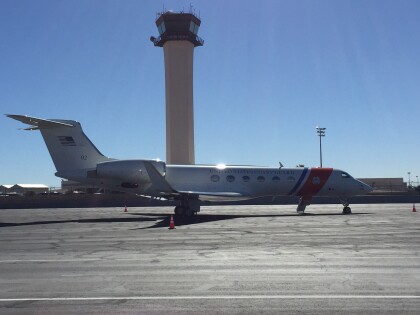
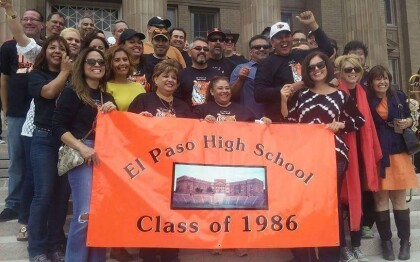
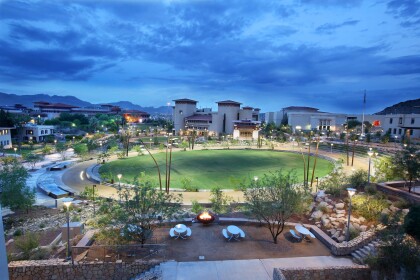
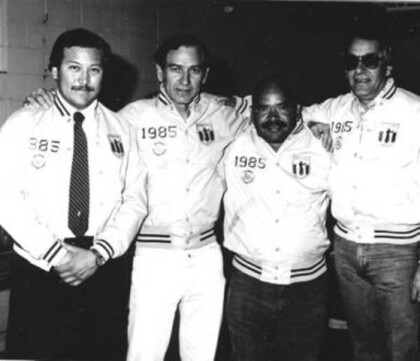
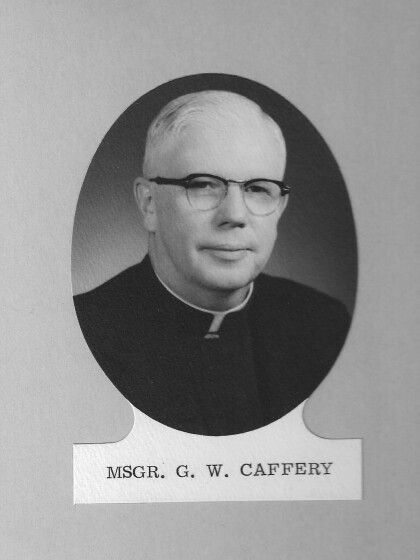
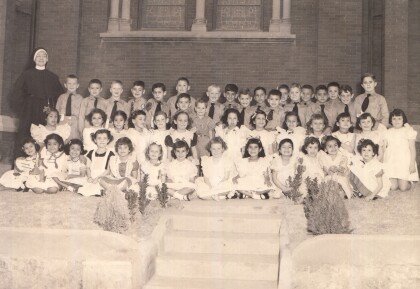
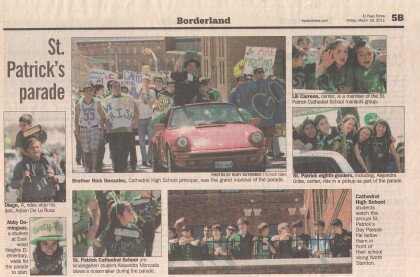
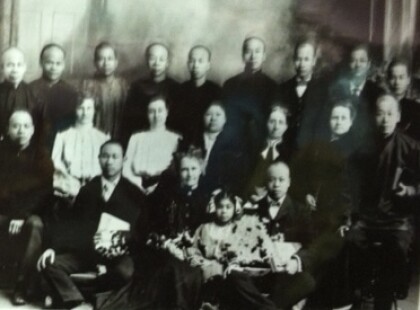


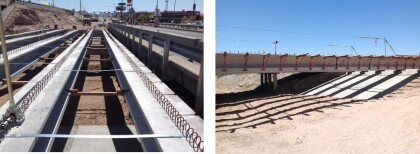
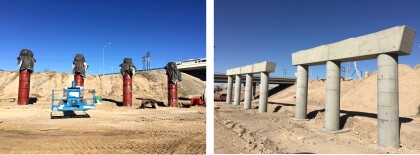
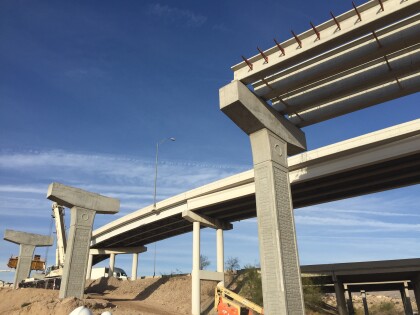
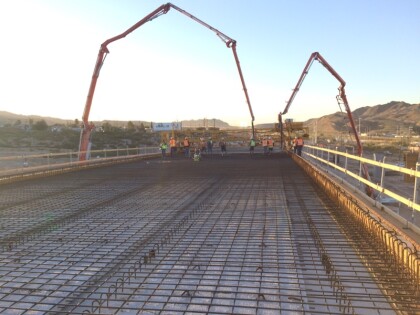



Comentarios
Hacer un comentario